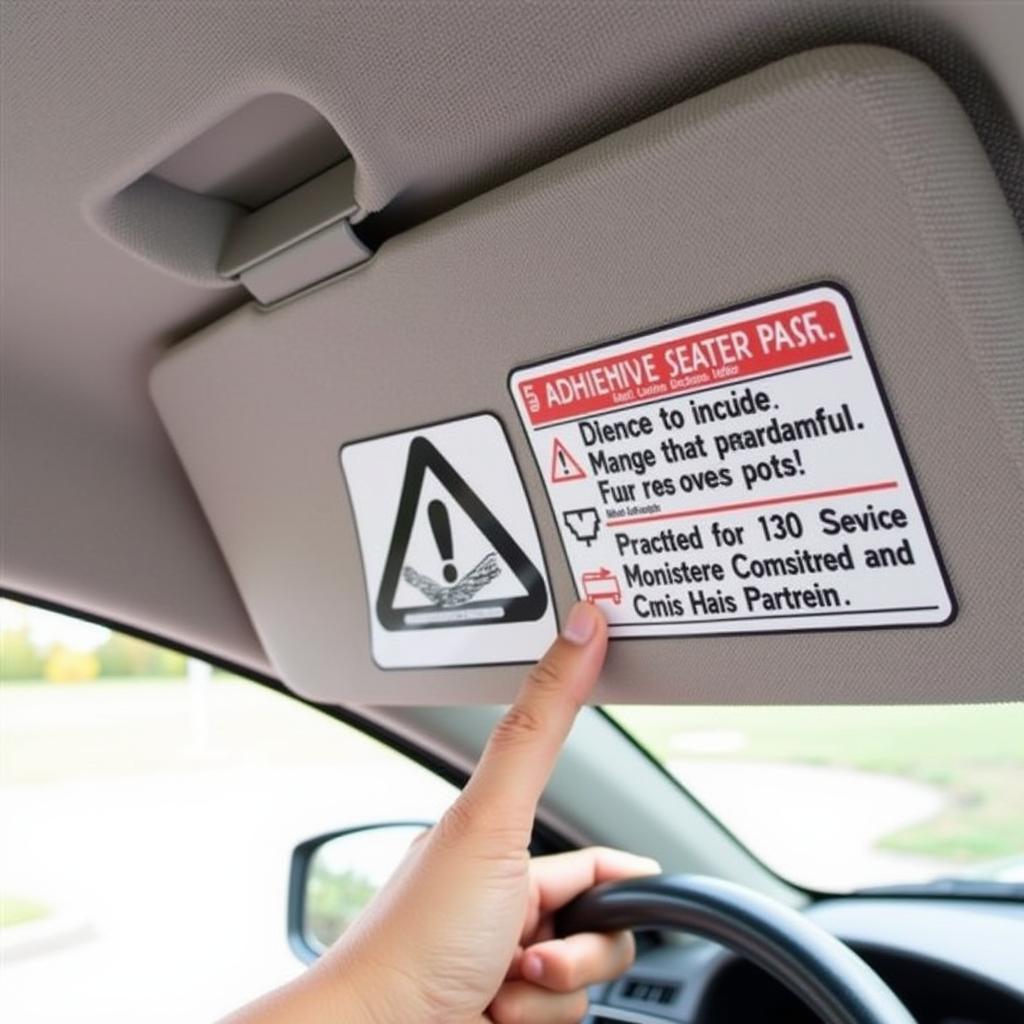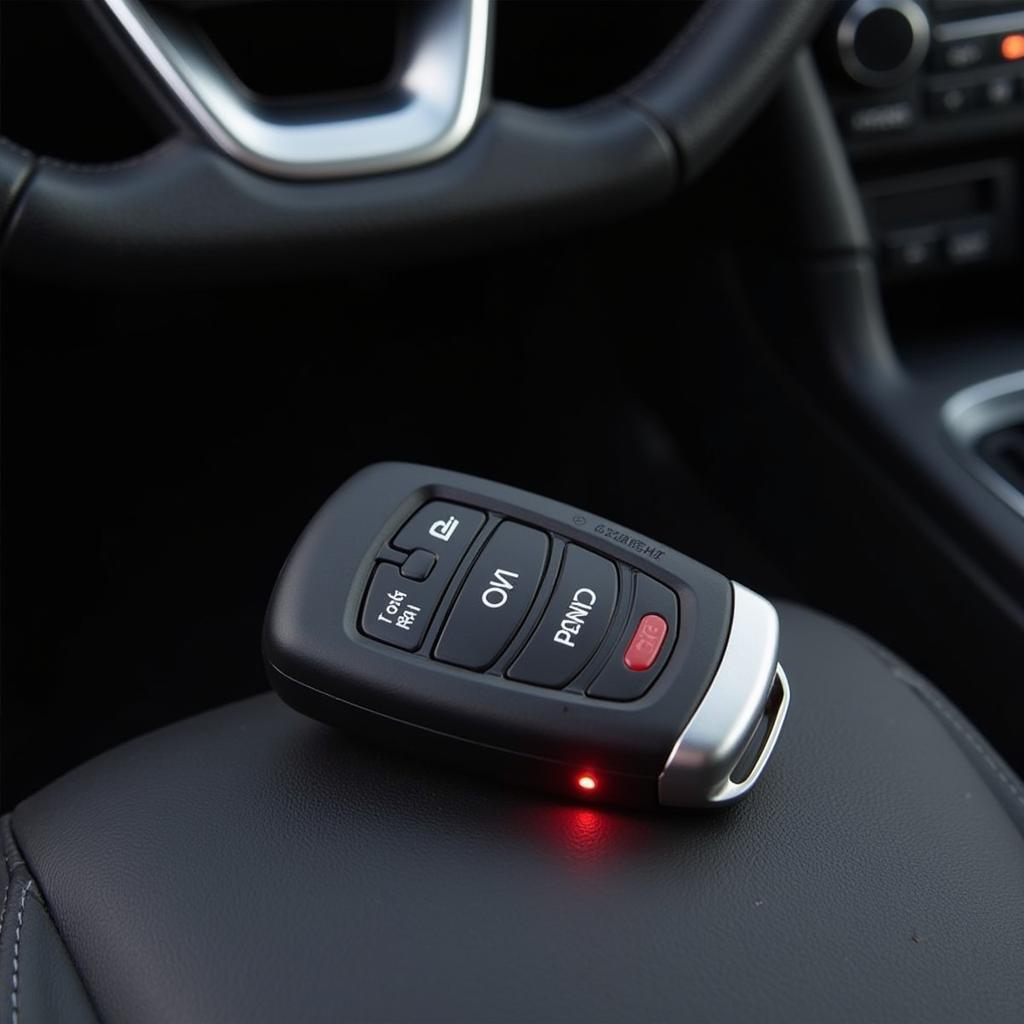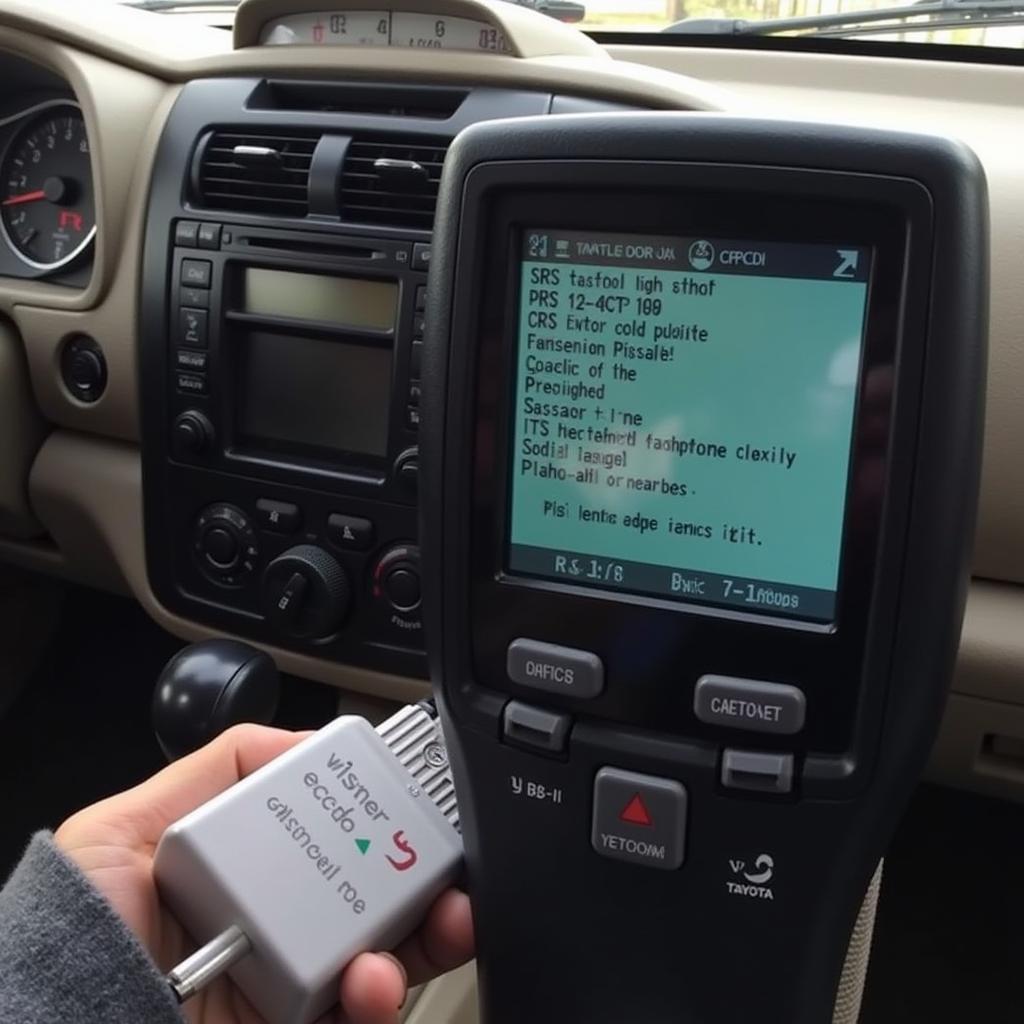The C2004R second-row seat belt/warning label issue is a common concern for vehicle owners. This problem can be frustrating and potentially unsafe, often leading to confusion and concern. This comprehensive guide will delve into the C2004R code, its implications, and provide step-by-step solutions to resolve this issue.
Understanding the C2004R Code
The “C2004R” code itself isn’t a standardized Diagnostic Trouble Code (DTC) used in the automotive industry. It’s likely a manufacturer-specific code or an internal reference code used by certain mechanics or dealerships. Therefore, the first step is to accurately identify the actual DTC related to the second-row seat belt/warning label.
This usually involves using a professional-grade OBD-II scanner to read the error codes stored in your vehicle’s computer.
Once you have the correct DTC, you can proceed with troubleshooting. Here are some possible scenarios and solutions:
Common Causes and Solutions for Second-Row Seat Belt Warnings
1. Faulty Seat Belt Buckle Sensor:
- Problem: The sensor in the seat belt buckle might be malfunctioning, failing to detect when the belt is fastened. This can be due to a broken wire, a damaged sensor, or debris lodged in the buckle.
- Solution:
- Visually inspect the buckle and wiring for any visible damage.
- If no visible damage is found, using a multimeter, check the buckle sensor for continuity. If there’s no continuity, the buckle likely needs replacement.
- If you’re comfortable with basic car repairs, you can find replacement buckles online or at auto parts stores. However, it’s always recommended to consult a qualified mechanic for complex electrical issues.
2. Damaged Wiring Harness:
- Problem: The wiring harness connecting the seat belt buckle sensor to the vehicle’s electrical system may be damaged. This can occur due to wear and tear, rodent damage, or improper installation of aftermarket accessories.
- Solution:
- Carefully inspect the wiring harness under the seat for any signs of damage, such as cuts, fraying, or exposed wires.
- If damage is found, repair the wiring or replace the affected section of the harness.
3. Seat Belt Warning Light Malfunction:
- Problem: While less common, the warning light itself on the dashboard could be faulty, illuminating even when the seat belts are functioning correctly.
- Solution:
- This requires checking the instrument cluster. If other warning lights behave erratically, the issue might be with the instrument cluster itself.
- Diagnosis and repair of instrument clusters are best left to professionals.
4. Software or Module Issue:
- Problem: In modern vehicles with advanced safety systems, a software glitch or a problem with the seat belt control module could trigger the warning light.
- Solution:
- Try disconnecting the vehicle’s battery for a few minutes to reset the electrical system.
- If the issue persists, a software update or module reprogramming might be necessary. This is usually performed by a dealership or specialized automotive electrician.
Second-Row Seat Belt Warning Label Issues
If the problem lies with the warning label itself, such as it being damaged, illegible, or missing:
- Solution: You can usually order replacement warning labels online or from your vehicle’s manufacturer. These labels are typically adhesive-backed and can be easily applied. Ensure you place them in the correct location for visibility and compliance with safety regulations.
 Applying Seatbelt Warning Label
Applying Seatbelt Warning Label
Seeking Professional Help
While some seat belt warning issues can be resolved with basic troubleshooting, it’s crucial to seek professional assistance if:
-
You’re uncomfortable working with electrical components.
-
The issue persists after trying the solutions mentioned above.
-
You suspect a more complex problem, such as a faulty control module.
“Addressing seat belt warning lights should be a top priority for car owners. Ignoring these warnings could compromise the safety of your passengers in case of an accident,” says John Smith, Senior Automotive Electrician at ABC Auto Services. “While DIY troubleshooting can be helpful, professional diagnosis ensures the problem is correctly identified and fixed using appropriate tools and expertise.”
Conclusion
Addressing the “C2004R second-row seat belt/warning label” requires pinpointing the actual DTC code and then systematically troubleshooting potential causes. Regular maintenance, including visual inspections of seat belts and wiring, can help prevent these issues. Remember, a functioning seat belt system is crucial for the safety of you and your passengers.


